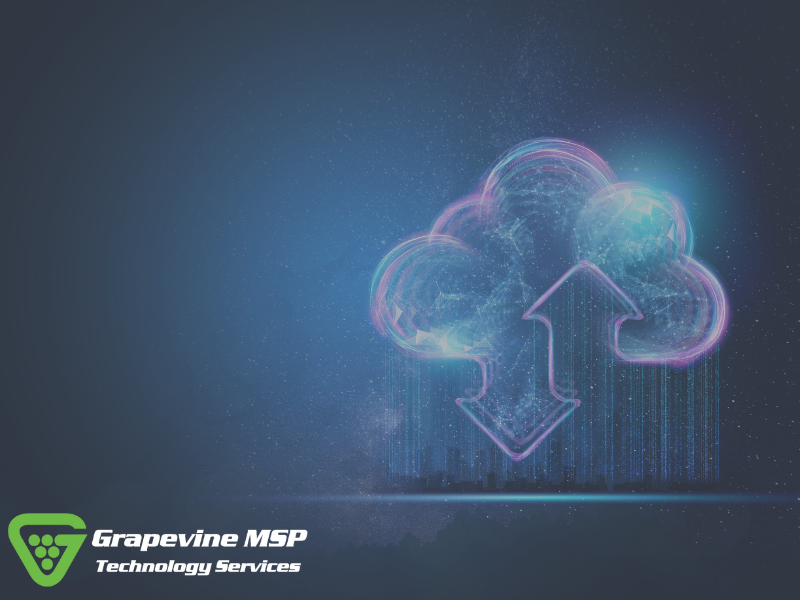In the era of digital transformation, businesses face a critical choice: maintain IT infrastructure on-premises or embrace the cloud. Each path offers unique benefits and challenges, influenced by a company’s specific demands, budget, and strategic goals. Here’s an in-depth comparison:
1. Understanding Cost Implications
On-Premises:
- Capital Expenditure: Significant initial investment in hardware and software licenses.
- Ongoing Costs: Regular maintenance, upgrades, energy consumption, and potential need for IT staff.
- Predictability: While costs can be more stable, they may lead to resource overprovisioning.
Cloud Computing:
- Operational Expenditure: Flexible pay-as-you-go model, paying only for what you use.
- Scalability: Easy adjustment of resources to meet changing needs, often reducing overall costs.
- No Hardware Costs: Eliminates the need for physical server purchases and maintenance.
2. Assessing Scalability and Flexibility
On-Premises:
- Limited Scalability: Scaling requires manual effort and additional investment.
- Infrastructure Limitations: Constrained by physical space and hardware capacity.
Cloud Computing:
- Instant Scalability: Adjust resources quickly and efficiently as needed.
- Global Reach: Easily deploy services across multiple regions worldwide.
3. Security and Compliance Considerations
On-Premises:
- Physical Security: Complete control over server access and environment.
- Customization: Ability to tailor security protocols to specific organizational needs.
Cloud Computing:
- Advanced Security Features: Continuous investment in encryption, firewalls, and multi-factor authentication.
- Compliance: Providers often offer certifications and compliance with various regulations.
4. Evaluating Maintenance and Updates
On-Premises:
- Manual Updates: Relies on IT staff for software updates and patches, with potential downtime risks.
Cloud Computing:
- Automatic Updates: Providers handle updates seamlessly, with minimal disruption.
- Continuous Monitoring: Ongoing surveillance for potential issues or threats.
5. Accessibility and Collaboration Benefits
On-Premises:
- Network Limitations: Access generally restricted to the company’s internal network.
- VPN Dependency: Remote access often relies on VPNs, which may be slower.
Cloud Computing:
- Anywhere Access: Resources available from any location with internet connectivity.
- Collaboration Tools: Many platforms offer integrated tools for real-time collaboration.
Conclusion
Both on-premises and cloud solutions provide distinct advantages. Assessing your specific needs, growth projections, and budget will guide you to the most suitable decision. For expert assistance, consider reaching out to our team.

